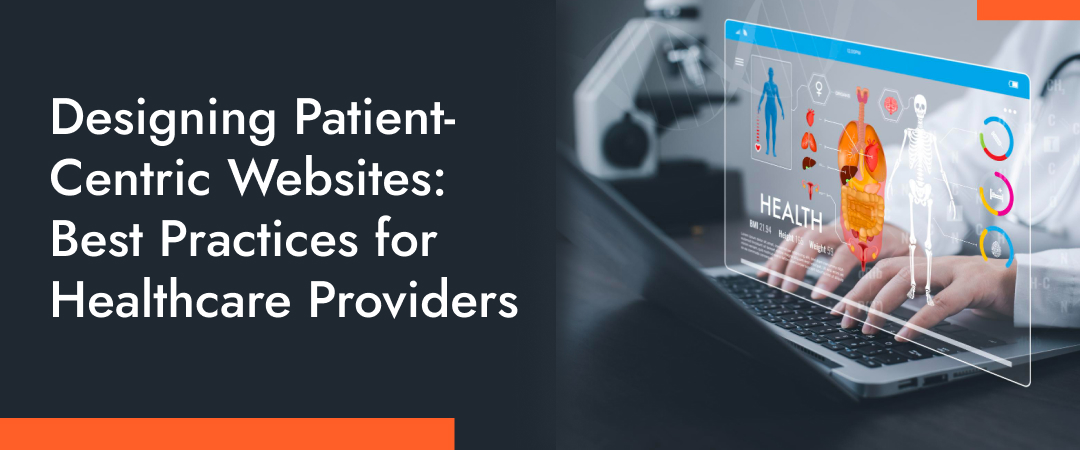In today’s digital age, a healthcare provider’s website serves as the primary touchpoint for patients seeking information, scheduling appointments, or accessing services. Creating a patient-centric website is essential to enhance user experience, build trust, and improve overall patient engagement.
1. Understand the Digital Front Door
Your website acts as the “digital front door” to your healthcare facility. It should be welcoming, easy to navigate, and provide clear pathways to essential services. An intuitive layout helps patients find information quickly, reducing frustration and improving satisfaction.
2. Design an Intuitive User Experience (UX)
Patients often visit healthcare websites under stress or urgency. Ensure your website offers:
-
Clear Navigation: Use straightforward menus with labels like “Find a Doctor” or “Book an Appointment.”
-
Mobile Responsiveness: Optimize for smartphones and tablets to accommodate users on various devices.
-
Accessible Design: Incorporate features like alt text for images and keyboard navigation to support all users.
3. Prioritize Accessibility
Accessibility ensures that all patients, including those with disabilities, can use your website effectively. Implementing features such as high-contrast text, screen reader compatibility, and easy-to-read fonts makes your site more inclusive.
4. Implement Secure and Compliant Technologies
Protecting patient data is paramount. Ensure your website complies with healthcare regulations like HIPAA by:
-
Using secure hosting services.
-
Implementing SSL certificates for data encryption.
-
Regularly updating software to patch vulnerabilities.
5. Focus on High-Impact Pages
Prioritize the development and maintenance of pages that patients visit most, such as:
-
Homepage: Provide a clear overview of services and easy access to other sections.
-
Contact Information: Make it easy for patients to reach out or locate your facility.
-
Service Descriptions: Offer detailed information about the treatments and services you provide.
-
Patient Portals: Facilitate access to personal health records and appointment scheduling.
6. Engage with Informative Content
Providing valuable content helps establish your authority and assists patients in making informed decisions. Include:
Blog Posts: Share health tips, news, and updates.
-
FAQs: Address common patient questions.
-
Testimonials: Highlight patient experiences to build trust.
7. Ensure Continuous Improvement
Regularly assess your website’s performance and user feedback to make necessary adjustments. Utilize analytics tools to monitor user behavior and identify areas for enhancement.
Conclusion
A patient-centric website is a vital component of modern healthcare delivery. By focusing on user experience, accessibility, security, and informative content, healthcare providers can create a digital presence that meets patient needs and fosters trust.
If you need assistance in developing or optimizing your healthcare website, feel free to reach out for expert guidance.


